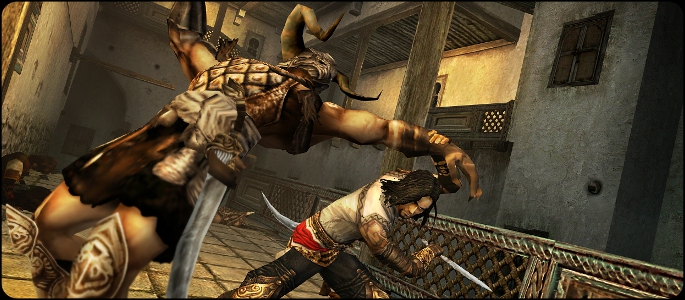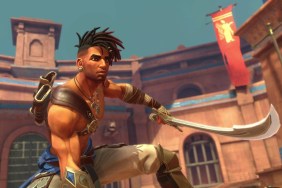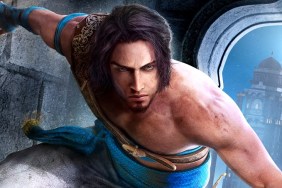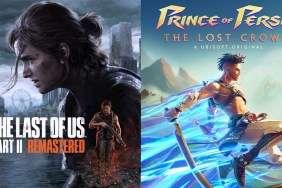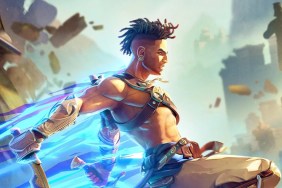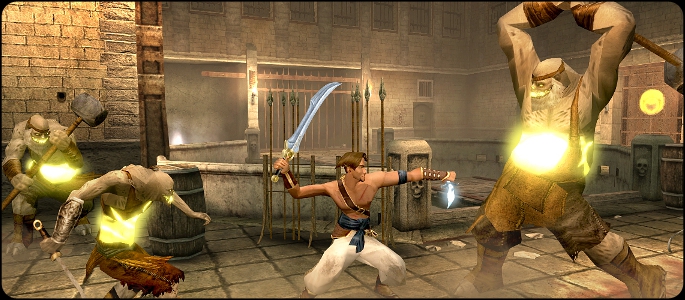
The graphical upgrade is definitely nice, and when placed side by side with the original PS2 version the improvement to overall clarity, detail, and textures is remarkable. While it’s nothing that’s going to leave you stunned, especially since certain areas show more improvement than others, it’s definitely a step up from the original release. Textures and particle effects still look really smooth and nice, but the character models themselves are noticeably blocky and menus retain a pixelated appearance to their dated icons. Some unfortunate sound glitches surface from time to time, usually with dialogue being unnaturally quiet between characters, or sometimes a sound effect from a clanking door or footsteps getting caught in a repeating loop for a few moments. Perhaps the biggest annoyance of all is the clunky camera, which has an poor habit of getting caught on walls, or zooming in too far at undesirable moments. None of these issues are game breaking, but simply reinforce that it’s an old game with some additional visual polish on it.
Despite Sands of Time having some of the best narrative and plot points in the series, the next entry, Prince of Persia: Warrior Within makes large improvements in just about every other facet of the game. Warrior Within introduces us to a desperate, angry Prince, who has spent the seven years after the conclusion of Sands of Time being chased by an unstoppable monster, known as the Dahaka. The Prince was successful in his previous adventure, but also prevented his own death through the manipulation of the time line, and the Dahaka’s sole purpose is to fix that by placing the Prince is his grave, permanently.
In those seven years, the Prince has picked up many new skills for use in combat as well as for navigating his environments. As the game opens, the Prince no longer has the Dagger of Time, but possesses Farah’s medallion. As a result, he no longer must absorb his enemies, but can dispatch them by simply doing enough damage. This frees up his alternate hand to pick up weapons from dead enemies and weapon racks scattered throughout the game. While holding a secondary weapon a slew of combo skills open up, as well as the ability to throw them for a ranged shot. When his alternate hand is free, the Prince can grapple then throw enemies, slice their throats, or dispatch them by disarming them and stealing the weapon for himself. This opens combat up for a lot more variety in techniques used, while additional wall running attacks and column spinning attacks also let the Prince use the environment to his advantage as well. Enemies are much more limber and plentiful this time around too, so you’ll need to make use of all the Prince’s new techniques to dispatch them effectively.
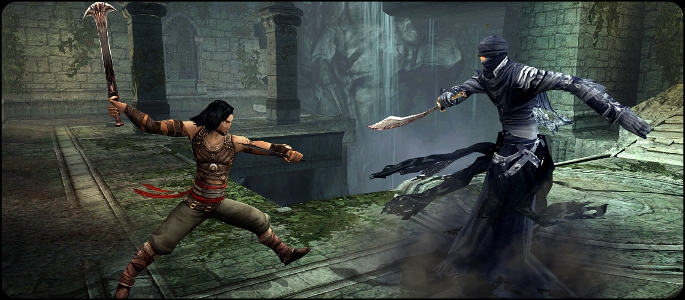
When the Prince learns of The Island of Time and the Empress who lives there, he sails to it with intentions of preventing the Sands of Time from being created, which would hopefully free him from the terror of the ever persistent Dahaka. The Island of Time is the setting for almost the entire game, and it makes another major change from Sands of Time. Where SoT was a linear affair, the Island of Time provides the prince with a few branching exploratory options. Throughout the game, the Prince will travel back and forth between the present time frame and the past, where you’ll see the island in ruins and as a brand new structure, respectively. Almost every area in the game will be visited twice, once in each time frame, and as a result of the crumbling decay, or lack thereof, each room will need to be navigated differently depending on the time frame. This clever level design results in eventually becoming familiar with each area of the island, while still encountering new challenges upon returning to previously visited locations. The story line and objectives themselves are still presented in a fairly linear fashion, but at almost any time the ability to revisit previously explored areas is available, which is great for if you decide to hunt down all the hidden art works and health upgrades scattered throughout the island.
While all the improvements to level design and the Prince’s abilities are definitely great, not everyone will appreciate the bleaker theme. The dark nature of the game can be seen in every aspect, from the Prince’s attitude, to his surroundings, and even in the soundtrack which features songs from famed band Godsmack. This is a point which seems to ride the fence. Many people will be turned off by these aspects, but when the premise of the story line is taken into account, it makes a lot of sense. You might be a bit angry too after being chased by an unstoppable beast for seven years.
The graphical improvements for the game are about as good as in Sands of Time, with FMV’s going full screen, and a lot of textures getting smoothed out, and much more details standing out. However, in certain scenes there is very noticeable discoloration that didn’t used to be there, in particular in a scene where the Prince’s mouth looks like it missed out on getting a tan while the rest of his face was on the beach somewhere. The menu is an especially noticeable area, where everything looks really stretched out and gritty. Regardless, the technical improvement is still vastly better than the original.
